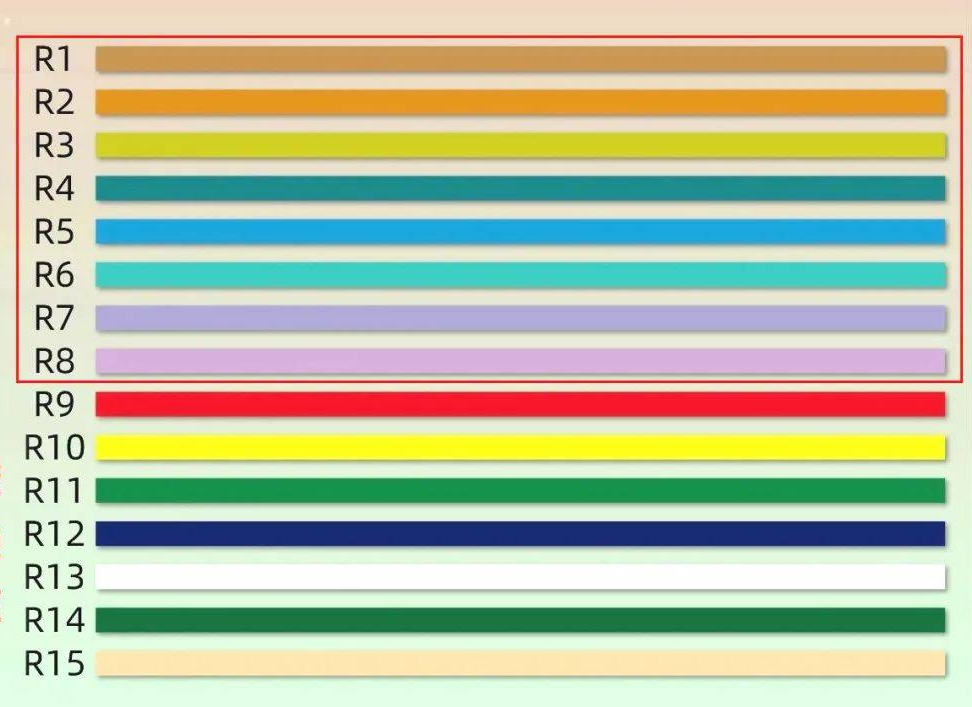Something about IK Rating for LED Lighting
Views : 162
Author : Rise Lighting Amy
Update time : 2023-08-26 14:32:48
The IK protection level test is to prove that the product casing will not cause damage to the interior of the product in the event of collision. This standard only specifies that the intended use of the casing can meet the requirements of the corresponding product standard in any other aspect.
From the perspective of materials and processes, under normal applicable conditions, the casing should ensure the indicated level of protection. The experiment that should be conducted to confirm whether the shell meets the requirements of this standard.
Applicable range of IK level:
1. Computer category: precision instruments such as computers, display screens, mainframes, computer components, electronic equipment, etc;
2. Electronic communication: mobile phones, RF devices, electronic communication components, etc;
3. Electrical appliances: various types of household appliances, lighting fixtures, transformers, and other electrical equipment;
4. Others: packaging boxes, transportation equipment, etc.
Before the emergence of the IK code, the third numerical code was often added to the protection level to indicate the level of protection that had been impacted, such as IP65 (9), which was distinguished from the IP protection level code by parentheses. However, it was later cancelled internationally and marked separately with the IK code, which is still in use today.
In both the national and European standards for lighting fixtures, there are requirements for IK collision testing. The application of IK testing for lighting fixture products under IEC60598 (GB7000) and IECGB standards mainly regulates the testing steps and usage methods for IK protection level testing of lighting products, ultimately achieving the requirement of testing whether the product meets the qualification requirements.
IEC62262: specifies how to install the tested object, ventilation requirements, number and distribution of impact hammers, and the corresponding impact hammers for each level when conducting IK protection level testing.
In the IEC62262 protection level code, the IK code represents the protection level of the shell against external harmful mechanical collisions, consisting of two numbers, namely IK01, IK02, IK03, IK04, IK05, IK06, IK07, IK08, IK09, and IK10. The 10 levels are divided into two groups for testing based on the different levels: the first group is the spring impact hammer test for IK01 to IK06. This group of tests has relatively low energy (from 0.14J to 1J) and is usually suitable for indoor LED lights, such as down lights and high bay lights; The other group is a large-scale pendulum test from IK07 to IK10, which has a high test energy (ranging from 2J to 20J) and is suitable for IK level tests of street lamps, sports stadium lamps, and explosion-proof lamps.
The IK level with explaination correspondingly below:
IK00 0J No protection.In the event of a collision, the LED lights will be damaged
IK01 0.14J The impact of an object weighing 0.25KG from a height of 56mm on the surface
IK02 0.2J The impact of an object weighing 0.25KG from a height of 80mm on the surface
IK03 0.35J Can withstand the impact of a 0.2KG object falling from a height of 140mm on the surface
IK04 0.5J Can withstand the impact force of objects weighing 0.25KG on the surface falling from a height of 200mm
IK05 0.7J Can withstand the impact of objects weighing 0.25KG from a height of 280mm on the surface
IK06 1J Can withstand the impact of an object weighing 0.25KG from a height of 400mm on the led lights housing
IK07 2J Can withstand the impact of an object weighing 0.5KG from a height of 400mm on the LED lamp housing
IK08 5J Can withstand the impact of an object weighing 1.7KG from a height of 300mm on the LED lamp housing
IK09 10J Can withstand the impact of objects weighing 5KG from a height of 200mm on the surface
IK10 20J Can withstand the impact of objects weighing 5KG from a height of 400mm on the surface
 Why do full spectrum LED lights have high color rendering index?
Why do full spectrum LED lights have high color rendering index?
 Color temperature and blue light
Color temperature and blue light